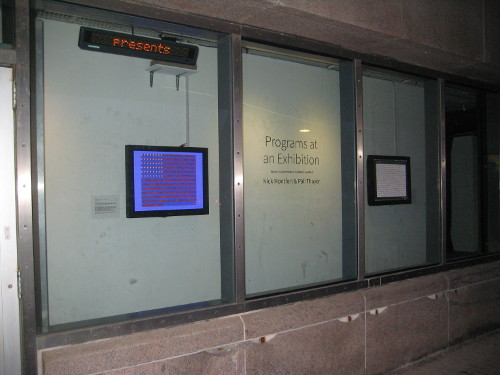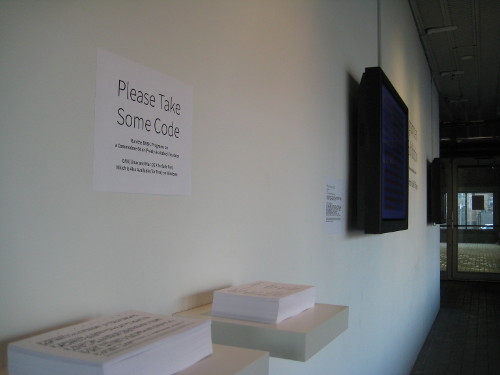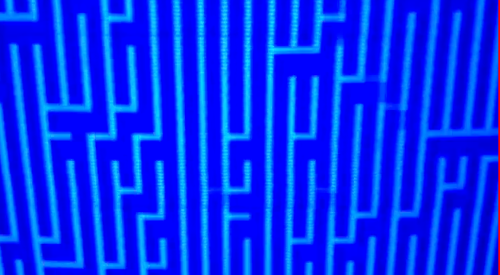Microcodes and more Non-Object Art
In NOO ART, The Journal of Objectless Art, there’s a conversation between Páll Thayer and Daniel Temkin that was just posted. (Thayer recently collaborated with me to put up “Programs at an Exhibition,” the first software art show at the Boston Cyberarts Gallery.) The conversation covers Thayer’s code art, including his Perl Microcodes and antecedents, but also touches on free software, Windows, various esoteric languages by Temkin and others, painting and drawing, Christiane Paul’s CodeDOC project at the Whitney, “expert cultures,” and the future of code-based art.
It’s great reading, and objectless art might be just the thing to go with your object-oriented ontology.







